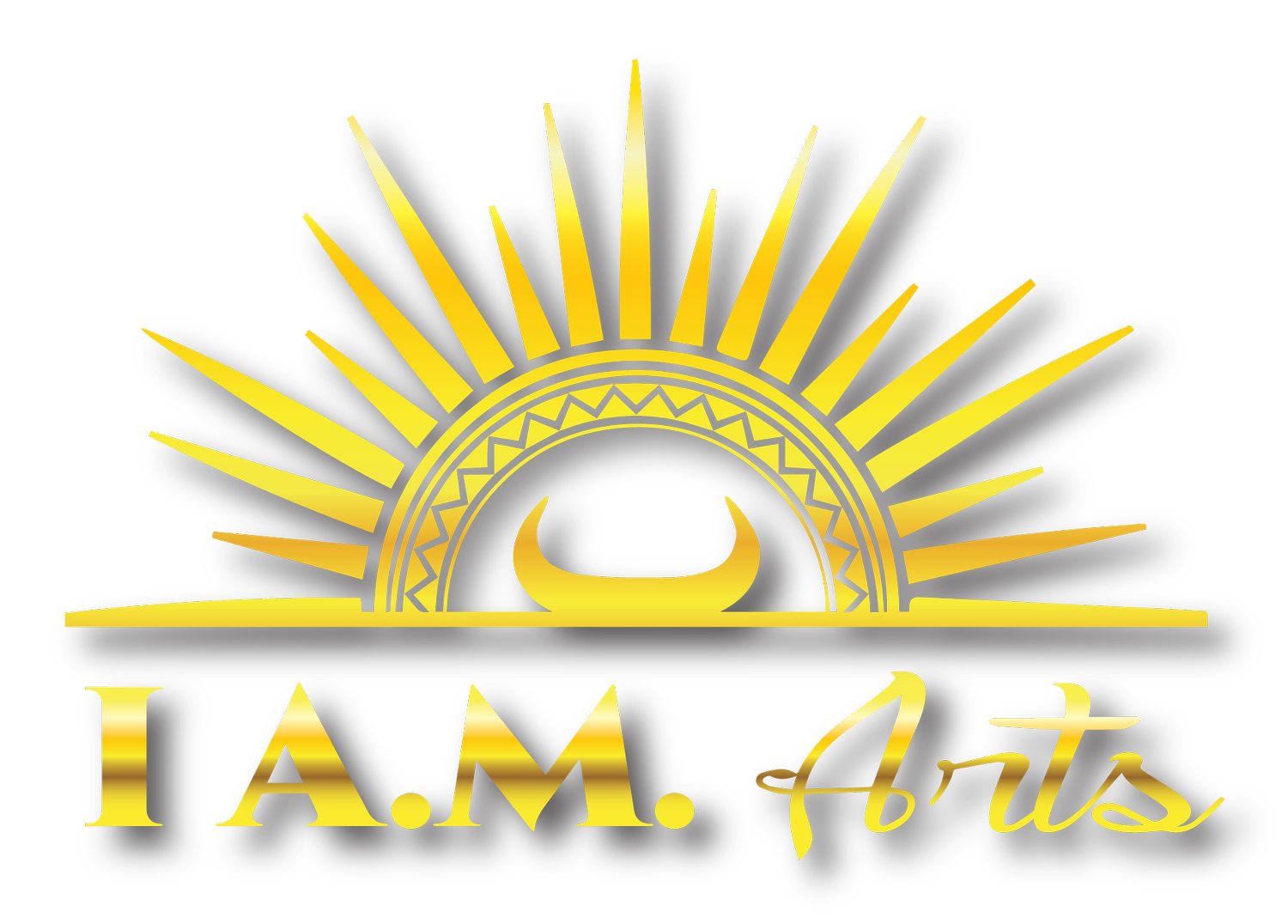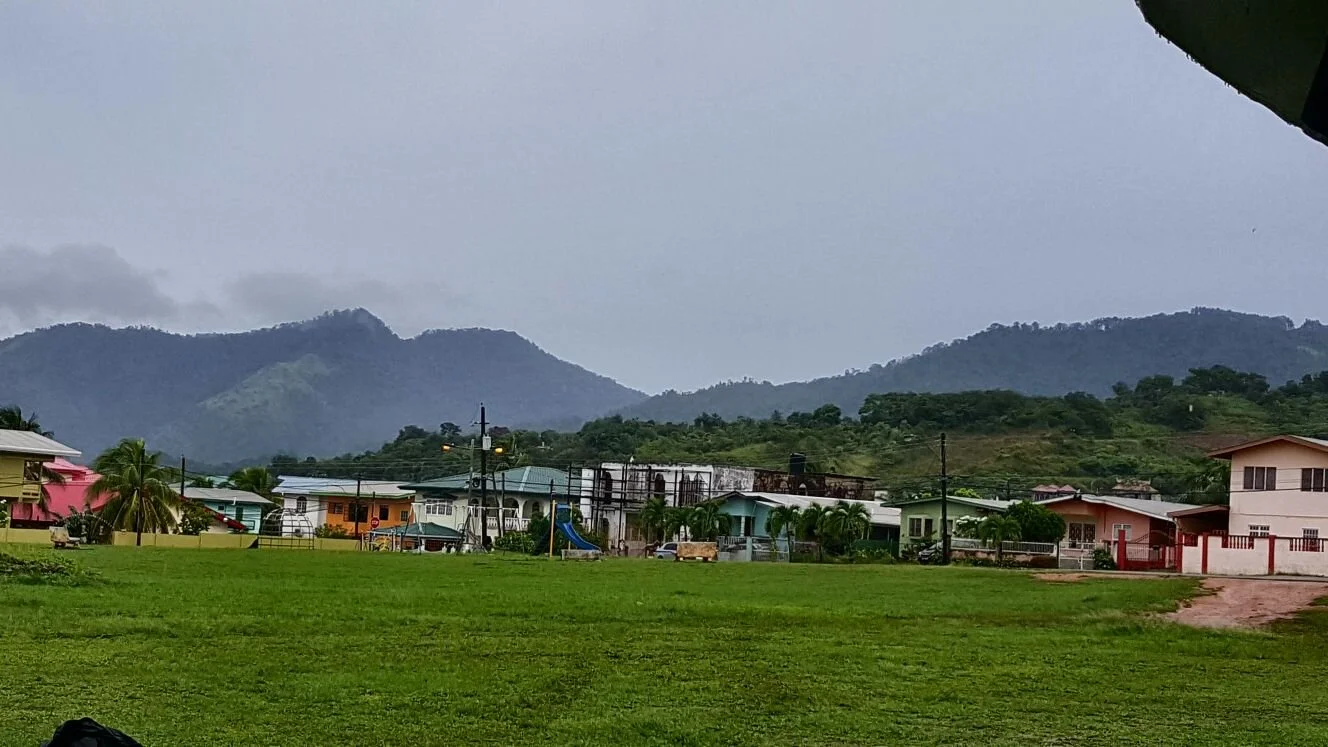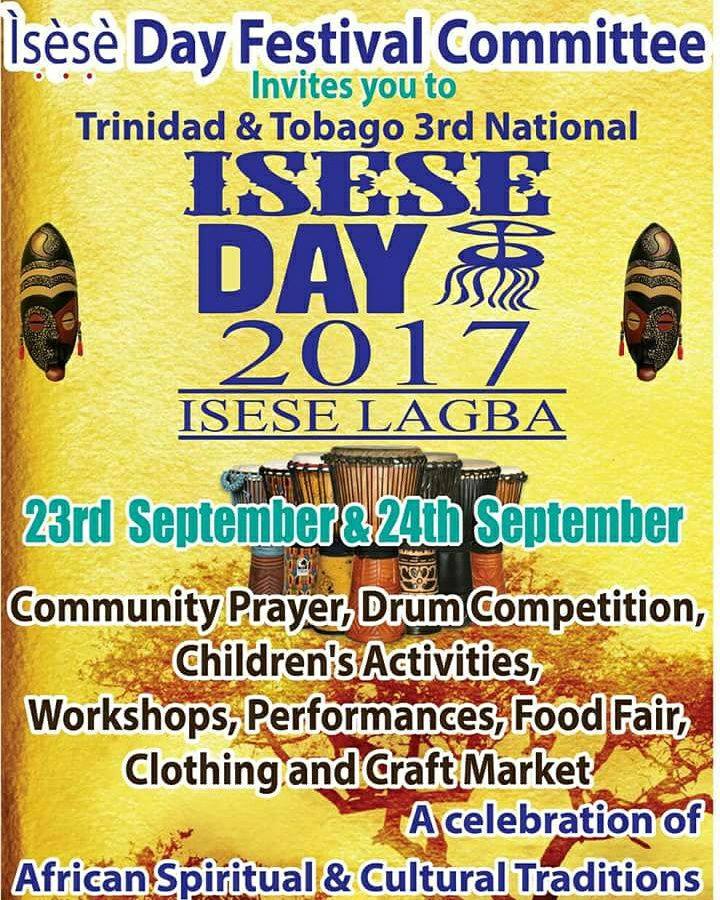DAY 19: SUNDAY SEPTEMBER 24
My last weekend in Trinidad Burton took me to the Ìṣẹ̀ṣè Day Festival on Orisha Ancestral Lands (Emancipation Park) Bon Air West, off Lopinot Road in Arouca.
I had shared with him my desire to be brought to an Orisha event while still in the country as a part of my research for "Yam, Potatoe an' Fish!" As it were, my maternal grandmother, the late Lynda Neptune, was a Spiritual Baptist. To understand the connections between the Spiritual Baptist tradition and the Orisha Religion’s expressions in the twin island Republic of Trinidad & Tobago (T&T) there is first some history to establish.
Yorùbá Traditional Religion (YTR) is practiced in various forms by the ethnic group of the same name, in several countries in West Africa, including Southwest Nigeria; the adjoining parts of Benin and Togo; and by Yorùbá descendants throughout the African Diaspora created by the European Trans-Atlantic slave trade. The Yorùbá are bound by a shared language, history and culture, and their pre-colonial traditional lifestyle, is underpinned by an integral spiritual and religious dimension that infused every aspect of traditional life. Though heavily impacted upon by (Christian and Islamic) religious incursions since colonial times, this integral traditional lifestyle is still proudly preserved today on the African continent, and has continued to survive and evolve, and increasingly, to influence and be influenced by those of the African Diaspora, including their descendants in T&T.
The YTR’s presence in T&T today has two main strands: a syncretized version developed in the diaspora which includes Christian and other elements, and a re-Africanized version that attempts to re-embrace the continental African aesthetic.
The first strand of the YTR in T&T is an expression that was introduced via the forced migration of enslaved Africans brought to the Americas during the European Trans-Atlantic slave trade, and also by an influx of migrating Yorùbá after slavery was abolished. The Tradition came to have its own unique expression in T&T, and to be called by various names including (but not limited to) Yaraba Work (sic), Shango, and more recently, the Orisha Religion. Though rooted in the practices of the continental Yorùbá (and also in those of other African ethnic groups, like those of the Congo for eg.), Orisha Religion has found a unique expression of its own in T&T after its syncretization with
European Christian elements, and through its close ties to the Spiritual Baptist Faith, with the lines between these two distinct traditions becoming blurred in many instances, because of partially shared membership, iconography and ritual elements (for eg. the use of African drums, and the importance of trance possession).
The second (newer) strand in T&T is that which has been influenced by the YTR as it is still being practiced today on the African continent, and which has increasingly been brought to T&T by visiting Nigerian priests and priestesses, and by T&T nationals who have travelled to and from continental Africa over the last two decades or so.
This second strand is largely a movement to connect more deeply with, and to reclaim the continental style of practice of the YTR, and also to phase out Christian syncretized elements from the Orisha Tradition in T&T, or else, to enrich and deepen the local practice by reconnecting with its continental African source. As a rapidly growing subset of the Orisha Religion in T&T, this new movement has come to be known as the Ifá/Òrìṣà Tradition. The event I attended on the 24th was organized by the Ifá/Òrìṣà Community in Trinidad. It is an attempt to reclaim the knowledge and customs handed down from our Yorùbá ancestors from pre-colonial times, and to make that inheritance available both to the wider Orisha Community and also to the general public. The history of these various strands of the Tradition could take much time to unpack; but I have done my best to offer a brief and overly simplified acknowledgment of the variety of Orisha expressions in T&T that I met on my visit. Much like Santeria in Cuba, Candomblé in Brazil, and Vodou in Haiti, Orisha practice in Trinidad maintains a strong connection to its African source, and increases the strength of that connection more everyday.
My desire to study Orisha expressions comes through my late maternal grandmother, Lynda Neptune of Tobago, a devoted Spiritual Baptist. A spectrum exists within this tradition, as worshippers may align more or less heavily with the European Christian aesthetic, or with more African-influenced expressions. In all cases, the Spiritual Baptists are unique among Christian sects in the way they incorporate traditional African religious elements into their practice. My sister and I had a fairly traditional Protestant upbringing and were not exposed to the Spiritual Baptist faith. Aspects of this tradition were considered "idolatry" in my family. Lynda calls out to me from the other side now. I long to get closer to her in order to understand my past, my present, and ultimately make sense of my future.
Burton was kind enough to introduce me to a prominent dancer and local Ifá Community organizer and activist, Ifákomiyọ Strong Aworeni. The event began with a community prayer. In a circle they honored the Creator (Olódùmarè) and their ancestors, speaking their names aloud. They praised various Orisha deities to invoke their help and strength and poured libations of palm oil, puncheon rum, and honey; and they sang chants.
Day 2 of a two day event, the Ìṣẹ̀ṣè Day Festival was dedicated to building community between practitioners of the Ifá/Òrìṣà Community through featured speakers, conversation, food, craft vendors, and performances. Performance in the Ifá/Òrìṣà tradition consists of ritual chants for various Òrìṣà sung by chantwells and an orchestration of drummers on djembes and traditional Orisha drums. Ifákomiyọ led an interesting community conversation, enquiring about the ways and means that interested persons could be initiated into the Tradition. I heard a variety of answers on the topic that reflect the diversity within the practice itself.
I am very grateful to Mr. Burton Sankeralli for being a guide to me during my voyage, for his friendship, and for his ever inspiring and enlightening conversation.
I am also deeply appreciative of Mr. Ẹniọla Oriṣagbemi Adelẹkan, an Ifá initiate and esotericist, for his friendship and guidance as I begin this journey and for his editorial contribution to this blog post.






